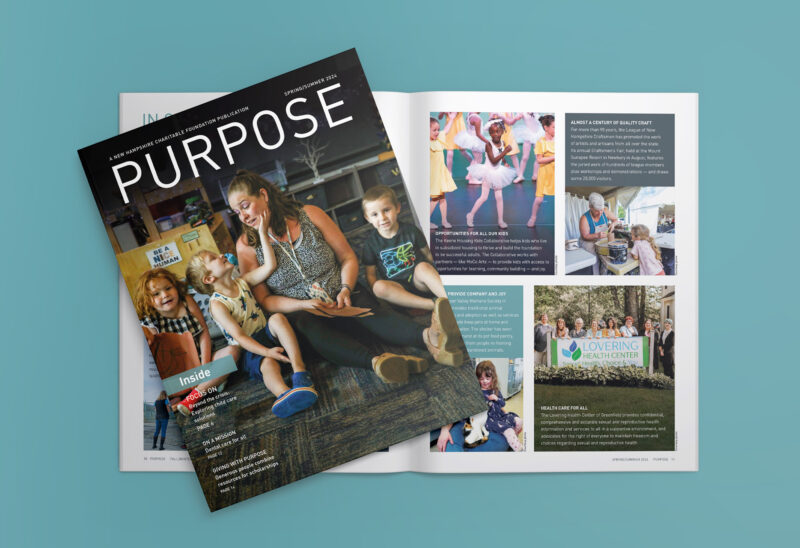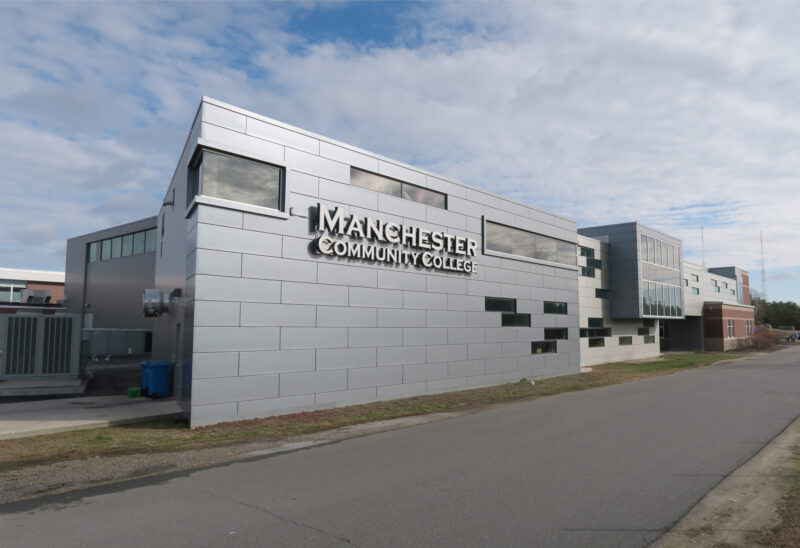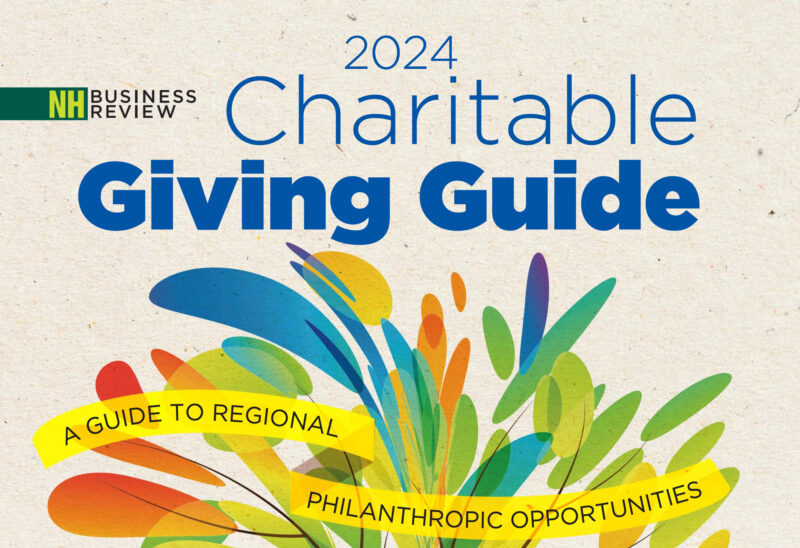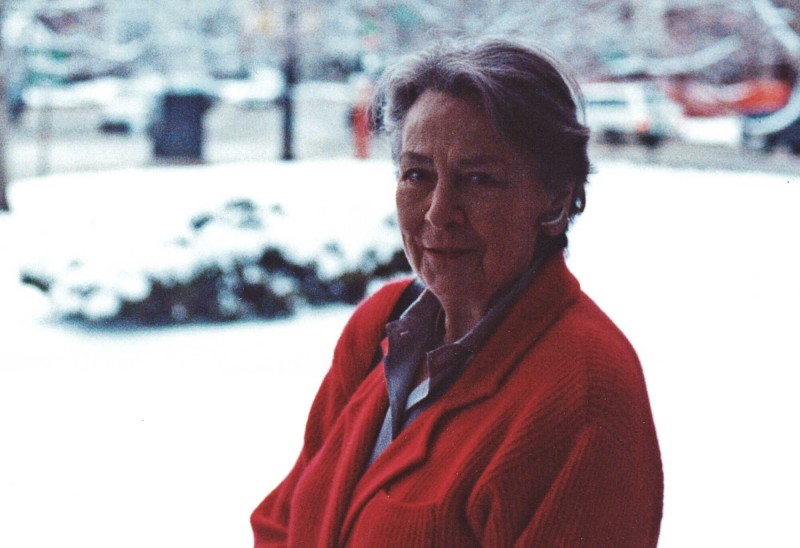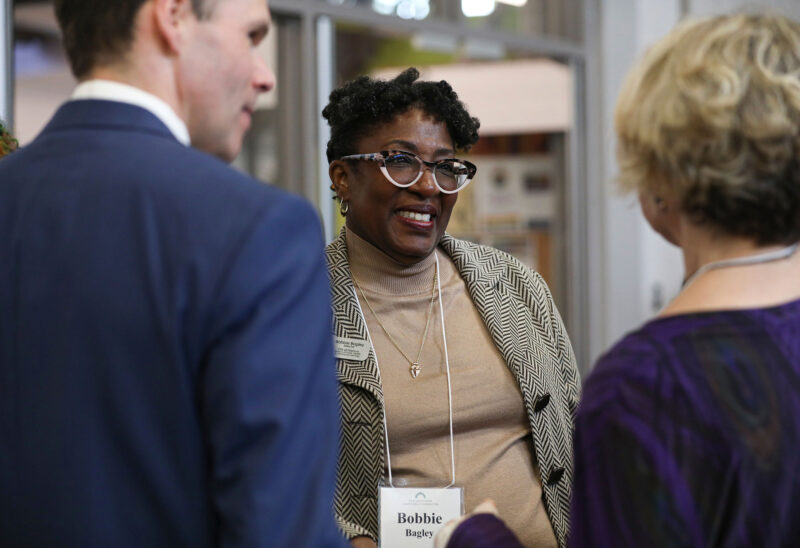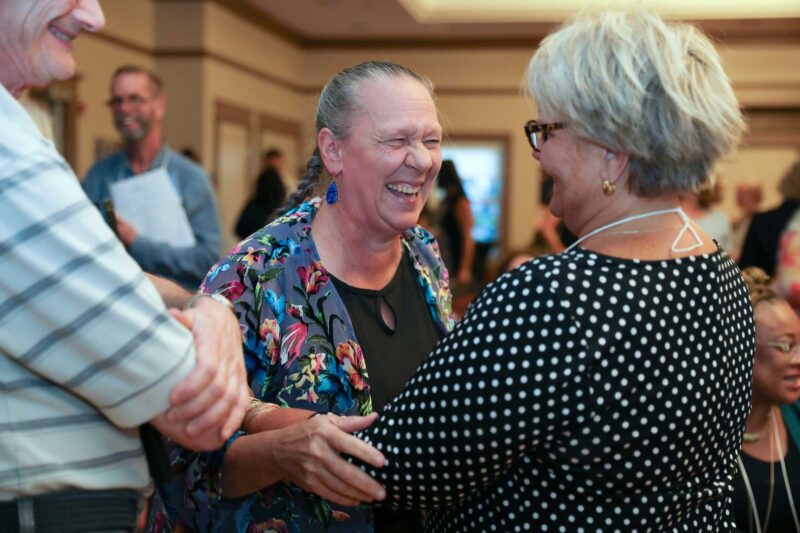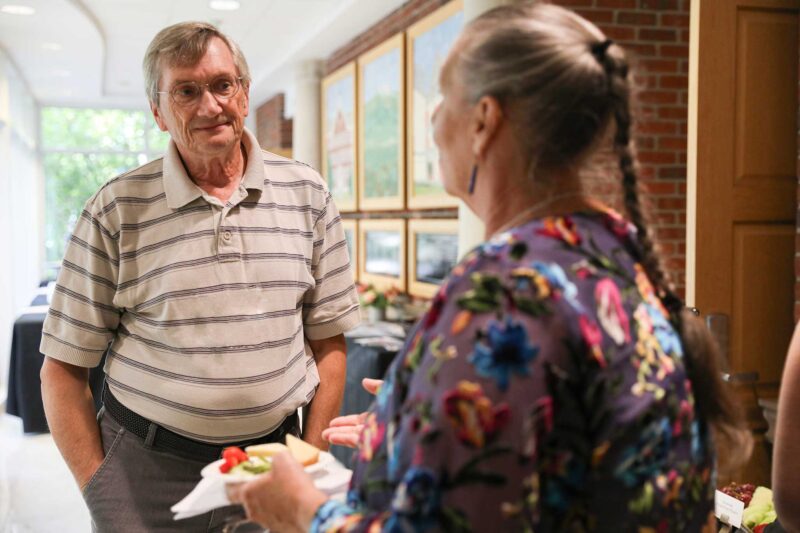Nisha Patel of the Robin Hood Foundation led the U.S. Partnership on Mobility from Poverty, a nonpartisan group of leading scholars, nonprofit executives, advocates, and policy experts convened by the Urban Institute and the Bill & Melinda Gates Foundation to develop bold ideas to boost economic and social mobility nationwide. Those ideas are laid out in the paper “Restoring the American Dream: What Would it Take to Dramatically Increase Mobility From Poverty?”
Patel has spent her career leading, developing, and implementing initiatives to increase economic opportunities for struggling families, including serving in the Obama administration as director of the Office of Family Assistance in the U.S. Department of Health and Human Services, overseeing a $17 billion annual portfolio of federal grants.
She is speaking at a gathering of the Charitable Foundation board and regional advisors on October 4, where she will discuss her work and the Foundation’s “New Hampshire Tomorrow” initiative to increase opportunity and economic and social mobility for young people in New Hampshire.
She talked with the Foundation’s Lois Shea by phone from Washington, DC.
We tend to think about poverty as being solely an economic state. But in your work, you have found that it is not just a lack of money but lack of autonomy and of being valued in community that are barriers to mobility. Help people understand the relationship between those things, and why the second two concepts are so important?
Those three constructs are mutually reinforcing. We typically just tend to think about the economic success piece. Typically, that is how we define poverty in the United States. But as we got into our discussions about “What would it take to dramatically increase mobility from poverty?” John Powell of the University of California at Berkeley identified that it’s not just about lack of money. It’s also about a lack of power. And as we started to test that notion out in very diverse communities throughout the country, that strongly resonated with people: Individuals and also communities having a sense of agency. Having a say over what is happening in the trajectory of your own life and in your community. And then that’s also not enough. There was a third construct that emerged with the group and at the community level, and it came from people from very different political points of view. And that is the concept of dignity. People needing dignity, people being needed by society. John Powell talked about it as this concept of belonging. That we all need to belong. We ended up labeling it ‘being valued in community.’ So, all three of those things are mutually reinforcing.
Not to say that money isn’t important — it’s foundational, and we have to keep pushing on that — but if what we really want to do is get to sustainable mobility, we have to also focus on the other two concepts.
For example, with a job training program — if you increase skills, you increase income and economic success. But if you then assume the job is done, you may run into obstacles…If people don’t have social capital and agency to get their foot in the door somewhere, particularly in an economic downturn, it doesn’t matter if they have the skills.
Or they finish job training, and now they get placed in that job, and if that job does not provide any autonomy or power, any flexibility around hours, and that person is trying to drop off young children at child care or work different shifts to take care of family…And does that job offer that agency to move up the ladder? Is it just a $40k job, or does it also help a person to build social networks and social capital so that if there is not a place in this company for person to move up, can they build a network that helps them advance?
When we talk about economic and social mobility, and restoring the American Dream, we are talking about a massively complicated and interrelated set of issues. The U.S. Partnership on Mobility from Poverty identified five strategies: Change the narrative. Create access to good jobs. Ensure ZIP code is not destiny. Provide support that empowers. Transform data use. So, clearly, a lot of sectors have to be working on a lot of fronts for real progress to be made. What, in your view, is the single most effective thing that philanthropy can be doing?
I think a particularly important role is to support innovation. To be that flexible capital to try some new things, to get proof of concepts, to try a new approach that is a risk that might not be taken with public dollars. Philanthropy can be that flexible capital that helps take the innovative idea, the risky idea and show that it works. And then there is room for a partnership for government to say ‘okay, let’s take that and take it to scale.’
You talk a lot about moving people from poverty in a way that is sustainable. Explain what you mean by that, and why it is so important to pay attention to that.
You can draw an income line for poverty. But what would it take for families to put poverty in their rear-view mirror? If we just were to use the federal poverty level which is about $25,000 for family of four, would we say if a family had an income of $25,001, our job was done? No. It’s not until families get to a much higher income level that we start to see a significant decline in hardship. Even 200 percent of poverty level can be difficult for families to get by on in high-cost urban areas, where housing and child care costs can be astronomical. We need to think about services and programs and policies that help families get to a place where they’re not falling back down into poverty or continuing to struggle despite working hard.
Your title at the Robin Hood Foundation is managing director for narrative change and national initiatives. As a word person, and a storyteller, I love that title. Who came up with that, and what about the narrative of mobility from poverty most urgently needs to change?
It was a title that I and Wes Moore, our CEO, and I co-created. It was very intentional. I did it in part to hold myself accountable. It came out of my previous work with U.S. Partnership. You mentioned the five strategies that we developed to dramatically increase mobility from poverty…you can look at other four and can point to people and organizations leading the work. But whose job is it to change the narrative? There is no department of narrative change in a state. As the Partnership’s work was wrapping up, the question was put to me, “If you were going to take one of the ideas and work on it, what would it be?” Without blinking, I said “narrative.” Many people in the group felt like shifting the narrative was one of the most important things to do, because shifting the narratives will allow all of the other effective policy and program ideas to move forward at greater scale than they would otherwise.
The beliefs and the mindsets that we have about why we have poverty in the United States, about why we have people living in poverty, very directly shape our investments.
So, we have identified narratives that are holding us back:
One is that “people living in poverty have no one but themselves to blame.” The problem with that narrative is that it ignores a whole list of structural issues, including that we have much lower absolute economic mobility in this country than we did just a few decades ago. In 1940, 90 percent of Americans could expect to earn more than their parents had. By 1980, that number had dropped to 50 percent. Essentially a coin toss. That is a structural issue. You can also look at the cost of housing across the country: Nowhere in the country — in no state, no county, no city — can a minimum-wage worker working full-time afford to rent a modest, two-bedroom apartment.
Another common narrative is this idea that the system is rigged. That people who are living in poverty are helpless victims of a system that holds them back. The problem with that narrative is it completely robs people of agency. When in fact we know that is not the case. There are effective programs that have an impact on mobility.
A third narrative which I find really interesting is this idea that the American Dream is alive and well, and we have rags-to-riches stories to prove that. We see this in the media a lot. A person who grew up in poverty and became a professional athlete, for instance. And it can be very inspiring, it can feel hopeful. The problem with the narrative is the flip side: if he can make it and she can make, it what’s wrong with the person who can’t?
We do need a new narrative.
The starting place is getting away from this “us-and-them” mentality. Historically in the U.S., we haven’t all been in it together. We need to get to a place where we are. We need to get to a place where there is no “us” and “them,” there is only us.
I’d also like to lift up a blind spot that we have in philanthropy and in government, which is that the people closest to the challenge are often closest to the solution – but they are rarely at the table. And that is the blind spot. There is no company in the world out there that would roll out a product without testing it with consumers, but in policy we do this all the time. We look at the data and research, but we don’t talk to the people who are the experts in their own lives. And that is one thing we need to be more intentional about. We need people who are impacted by the problem at the table early and often. That is how we will get to a better policy that might get taken up and have the impact that we are seeking.
The other piece is that it’s really important in these conversations that we do look at disparities by race, by gender, by immigration status.
Are you optimistic that the American Dream can be restored? Why?
Yes. I wouldn’t be doing this work if I didn’t believe that. But what it will take, nationally and on a community level, is everyone firing on all cylinders. It can’t be philanthropy alone, it can’t be government alone, it can’t be the private sector alone. It has to be all of them. I’m hopeful that change is possible because I travel all around the country and meet people from across sectors and diverse communities who share the goal of creating access to opportunity for all. The U.S. Partnership put forward strategies to get to that goal — now we just need committed leaders who can turn those strategies into real action plans.

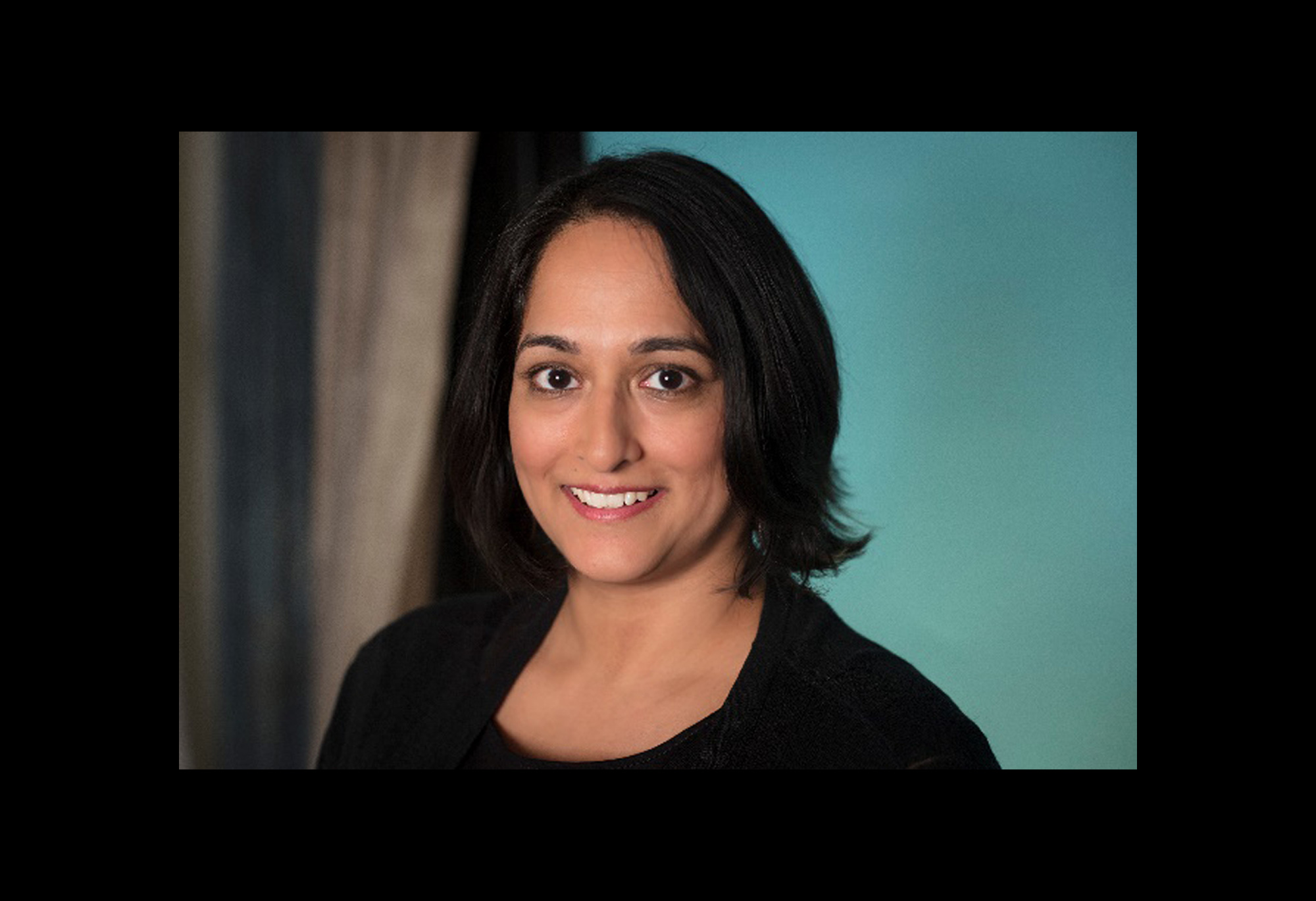






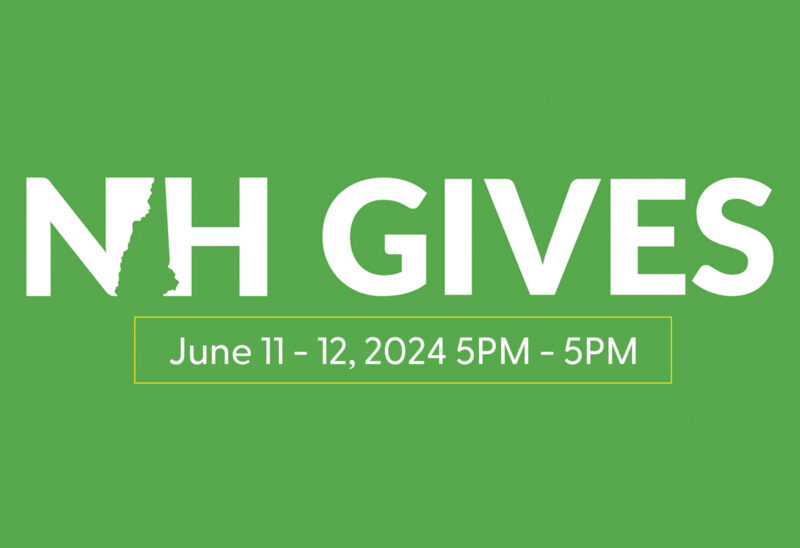

![Rev. Heidi Carrington Heath joined Seacoast Outright. [Photo by Cheryl Senter]](https://www.nhcf.org/wp-content/uploads/2024/05/Heidi-Carrington-Thumbnail-800x548.jpg)
![Dr. Jennie Hennigar treats a patient at the Tamworth Dental Center [Photo by Cheryl Senter]](https://www.nhcf.org/wp-content/uploads/2024/05/TCCAP-Hero-800x548.jpg)
